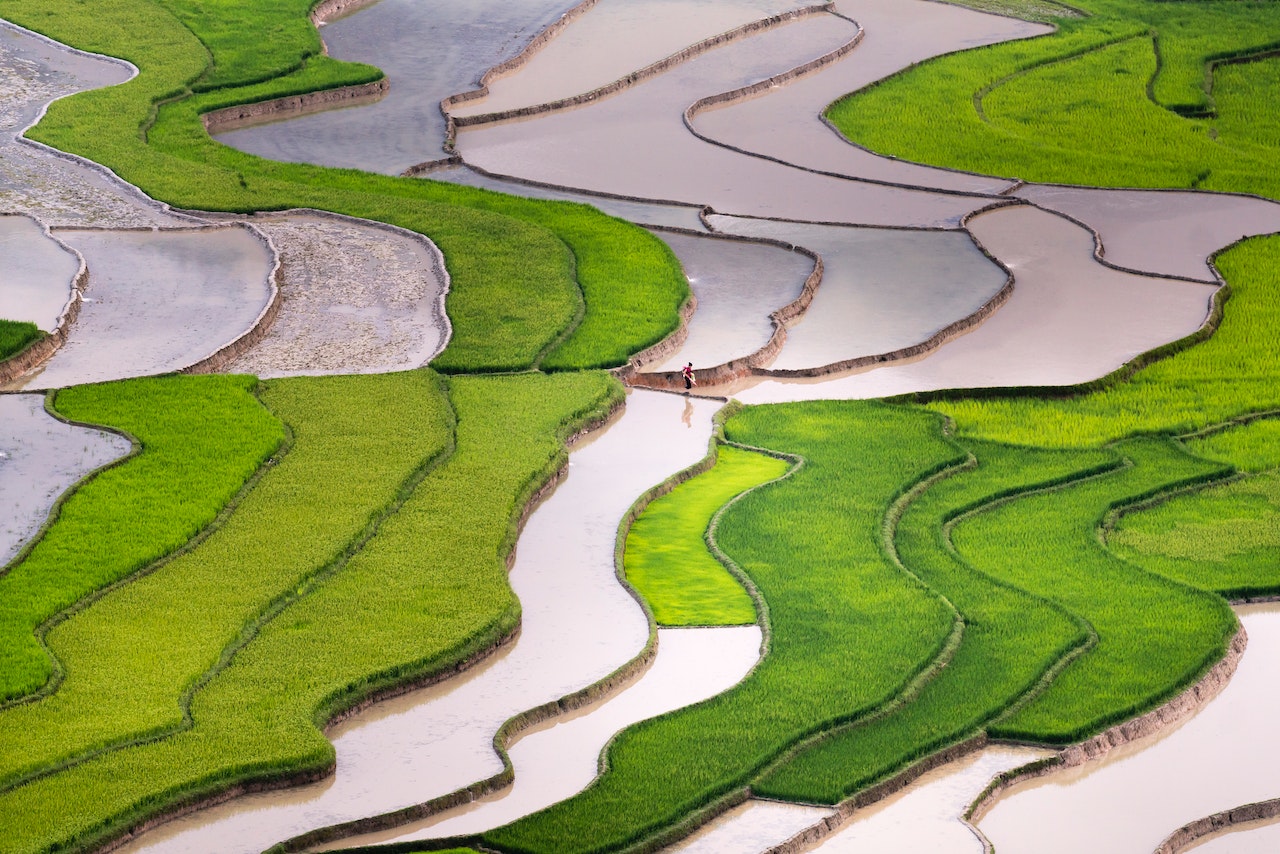Don't miss our holiday offer - 20% OFF!
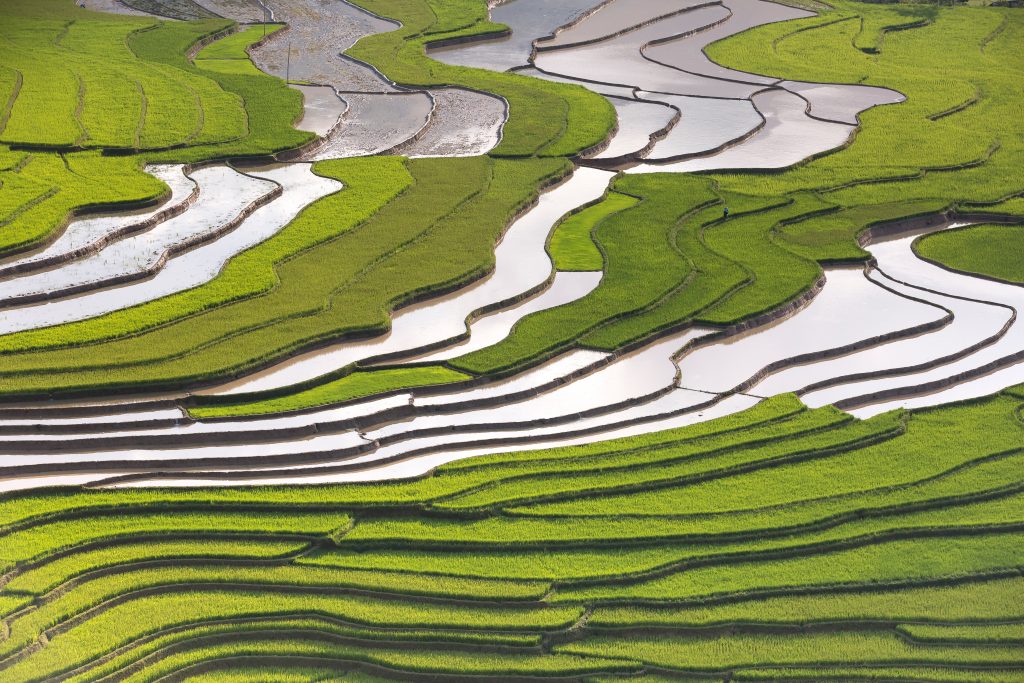
Read also: Monitoring Navigasi Buoy Laut dengan fluxTrack
Agriculture is a sector that plays a crucial role in meeting global food needs. However, challenges such as climate change, limited land availability, and inefficient resource utilization have driven agricultural experts to seek innovative solutions. One increasingly prominent solution is the implementation of Smart Agriculture, where sensor technology is used to enhance agricultural productivity and efficiency.
Smart Agriculture is a concept that merges digital technology with agricultural practices to achieve better outcomes. A key aspect of Smart Agriculture is the use of sensor technology to accurately and real-time monitor crops. These sensor technologies enable farmers to gather data about soil conditions, weather patterns, and crop growth with greater precision. This data can then be processed to make better decisions in agricultural management.
Integrating Sensor Technology in Crop Monitoring
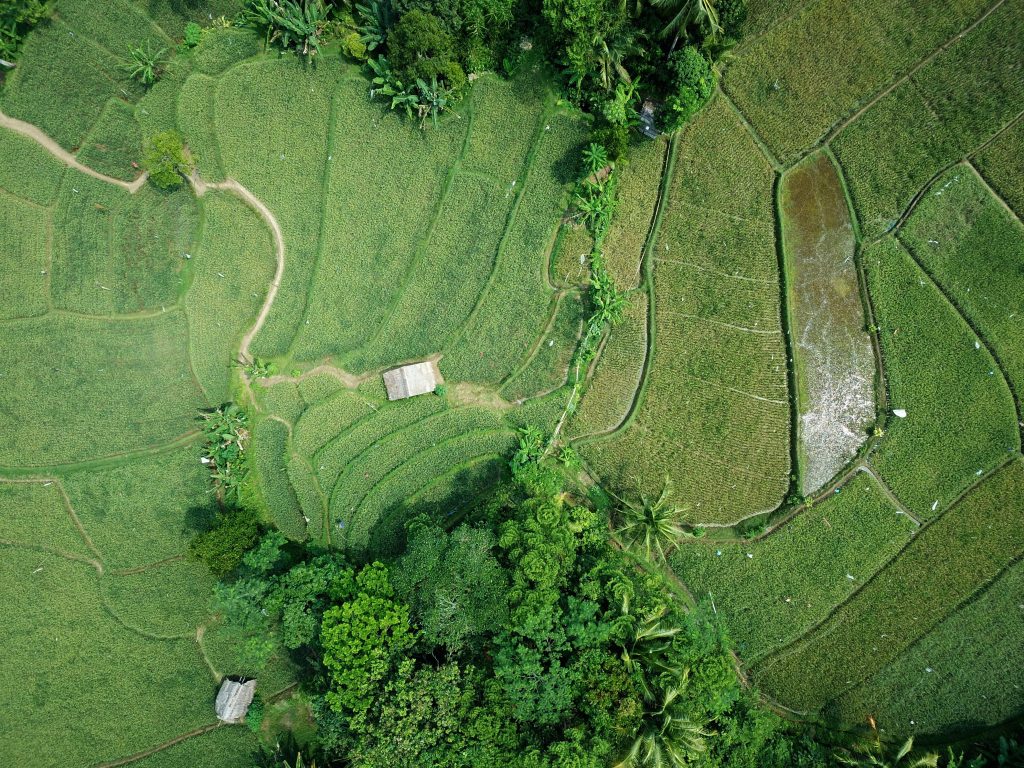
Read also: Optimizing Office Energy Use with Smart Technology
Sensor technology plays a vital role in effective crop monitoring. Sophisticated sensors can be deployed across various parts of crops and their surrounding environment. For instance, soil moisture sensors can provide information about moisture levels within the soil, assisting farmers in optimizing irrigation practices. Temperature and humidity sensors can aid in monitoring microclimatic conditions that influence crop growth. Moreover, imaging sensors and spectrometers can offer visual insights and spectral analyses of crop health, enabling early detection of diseases or stress.
The integration of sensor technology in Smart Agriculture also involves high connectivity. Data collected by sensors can be transmitted directly to digital platforms or agricultural management systems. As a result, farmers can access this data via mobile devices or computers, allowing them to take swift and accurate actions.
Benefits of Integrating Sensor Technology in Smart Agriculture
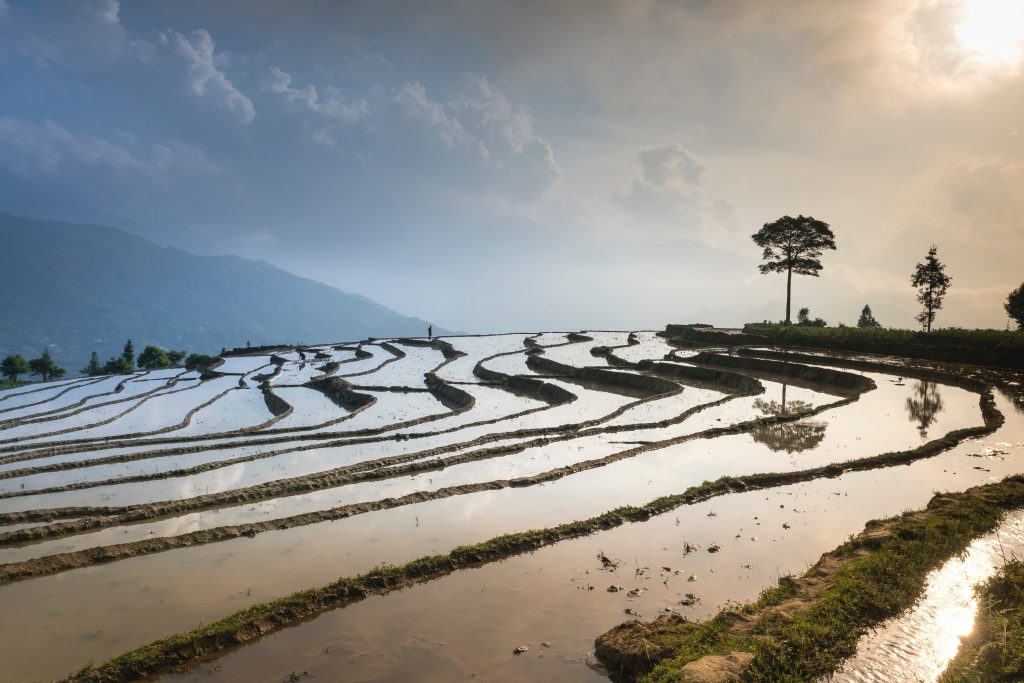
Read also: Modern Agriculture with IoT Sensors for Plant Monitoring
The integration of sensor technology in Smart Agriculture provides various significant benefits. Firstly, the use of sensor technology reduces speculation in agricultural decision-making. Farmers have direct access to the data needed to manage crops wisely. Secondly, sensor technology aids in resource conservation, such as water and fertilizers. With precise information about soil conditions and crop requirements, farmers can optimize resource usage without wastage. Thirdly, this integration also enhances productivity. By detecting crop issues and diseases early, preventive measures can be taken before further damage occurs.
Conclusion
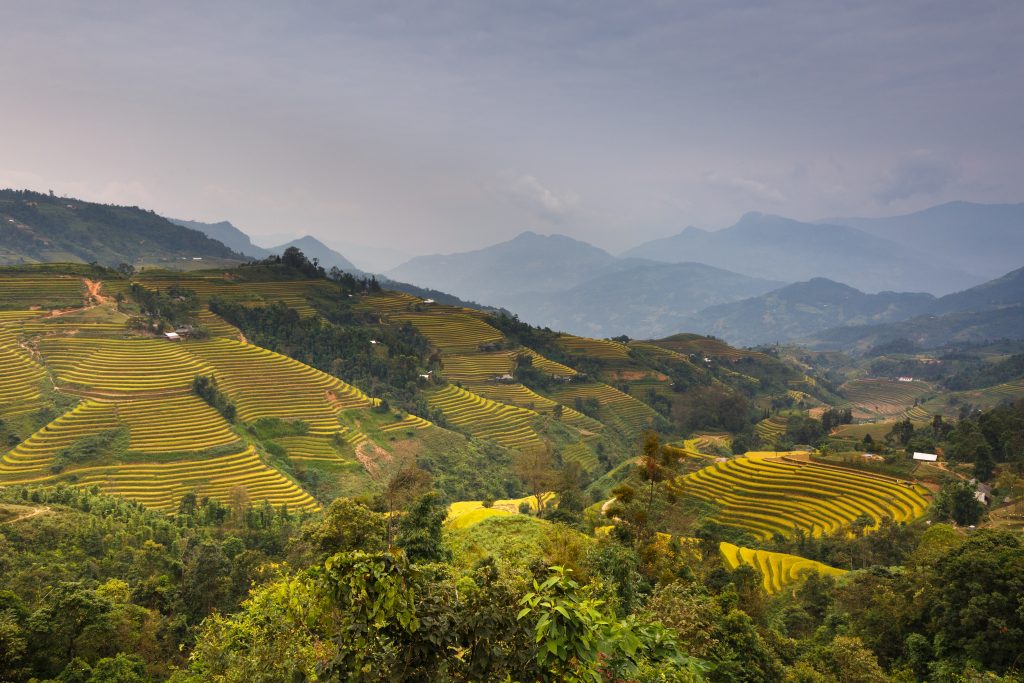
Read also: Automated Parking Concept: Smart Solution for Availability
Integrating crop monitoring with sensors in Smart Agriculture leads to more efficient, sustainable, and productive farming practices. Accurate data advances agricultural management, reduces guesswork, conserves resources, boosts productivity, and contributes to global food security. Collaboration between agricultural stakeholders and industries is essential for the adoption of sensor technology in agriculture.


